Walk your way into spring
Discover the beauty of South Gyeongsang Province on foot
By Im Eun-byelPublished : March 20, 2021 - 16:00
Though the dangers of the COVID-19 pandemic continue to linger, it is a good time of the year to leave the house, hit the road and explore the wilderness.
South Gyeongsang Province, often represented by the metropolitan city of Busan, boasts more tourist destinations imbued with the beauty of local cultures, such as Jinju, Tongyeong, Namhae and more. Four hours by car from Seoul, the region is characterized by strong regional dialects and distinctive culinary cultures.
There are also trails for trekkers that feature unique landscapes of the southeastern region, from lush mountains, sprawling fields to the vast ocean.
South Gyeongsang Province, often represented by the metropolitan city of Busan, boasts more tourist destinations imbued with the beauty of local cultures, such as Jinju, Tongyeong, Namhae and more. Four hours by car from Seoul, the region is characterized by strong regional dialects and distinctive culinary cultures.
There are also trails for trekkers that feature unique landscapes of the southeastern region, from lush mountains, sprawling fields to the vast ocean.
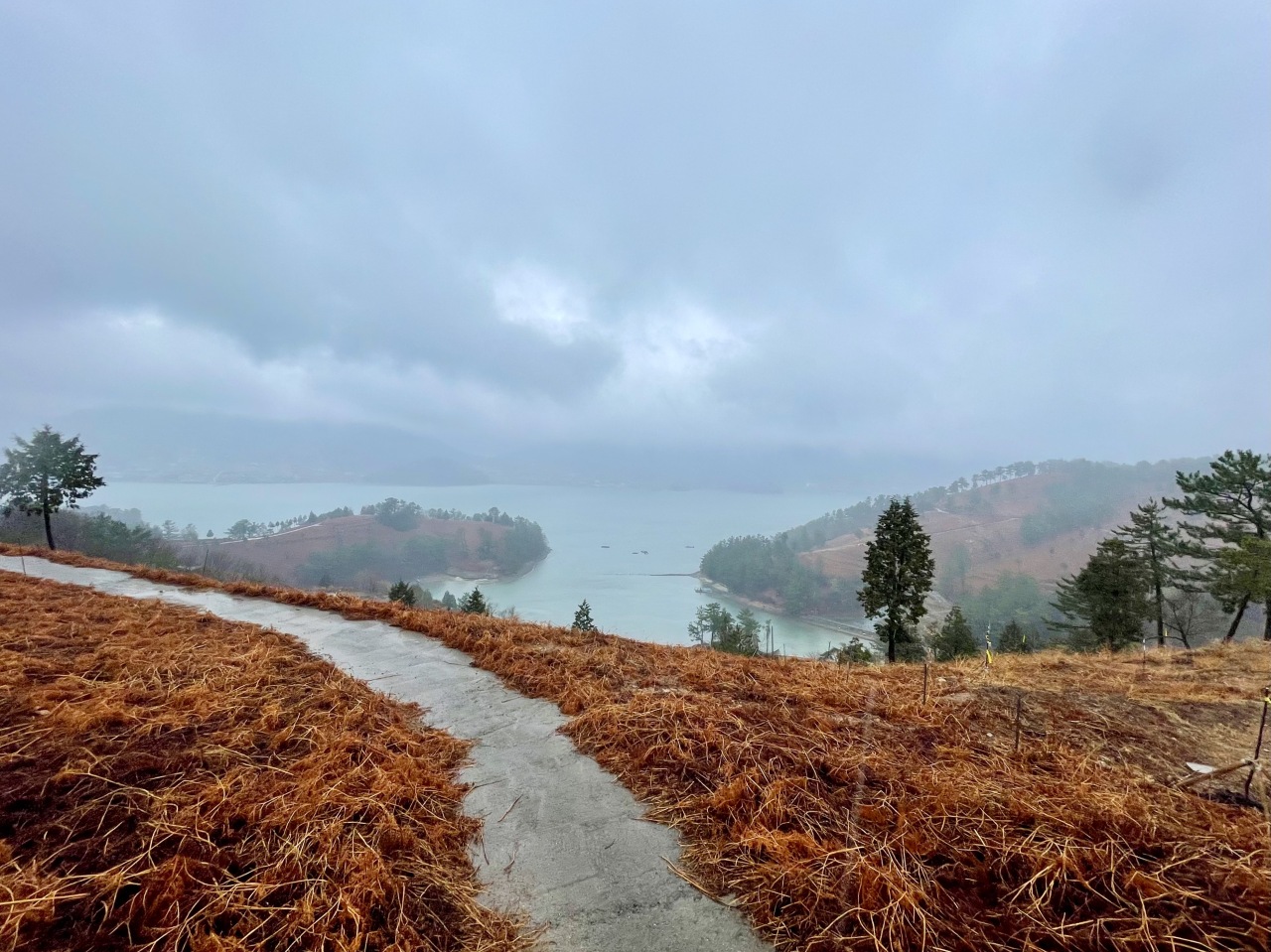
Trails across Namhae
Like the famous Olle Trail on Jeju Island and Haeparang Trail on the east coast, Namhae Baraegil is a collection of trails for trekkers who would like to trot their way into the wilderness.
Namhae Baraegil, founded in pursuit of “slow tourism,” consists of 19 trails, which cover a total of 231 kilometers. Before last year, the trails were rather short, spanning across some 100 kilometers. Some parts of the trails were also not linked with each other. However, that has changed as a complete renewal in 2020 connected the trails throughout the Namhae region.
In addition, the trails are linked with the 1,463-kilometer Namparang Trail, which runs from Oryukdo Island in Busan to Ttangkkeut Village in Haenam, South Jeolla Province.
“Barae” is a local dialect used in the Namhae area. It refers to mothers who catch clams, seaweed and conches in the mud flat when the tide is low to support their families.
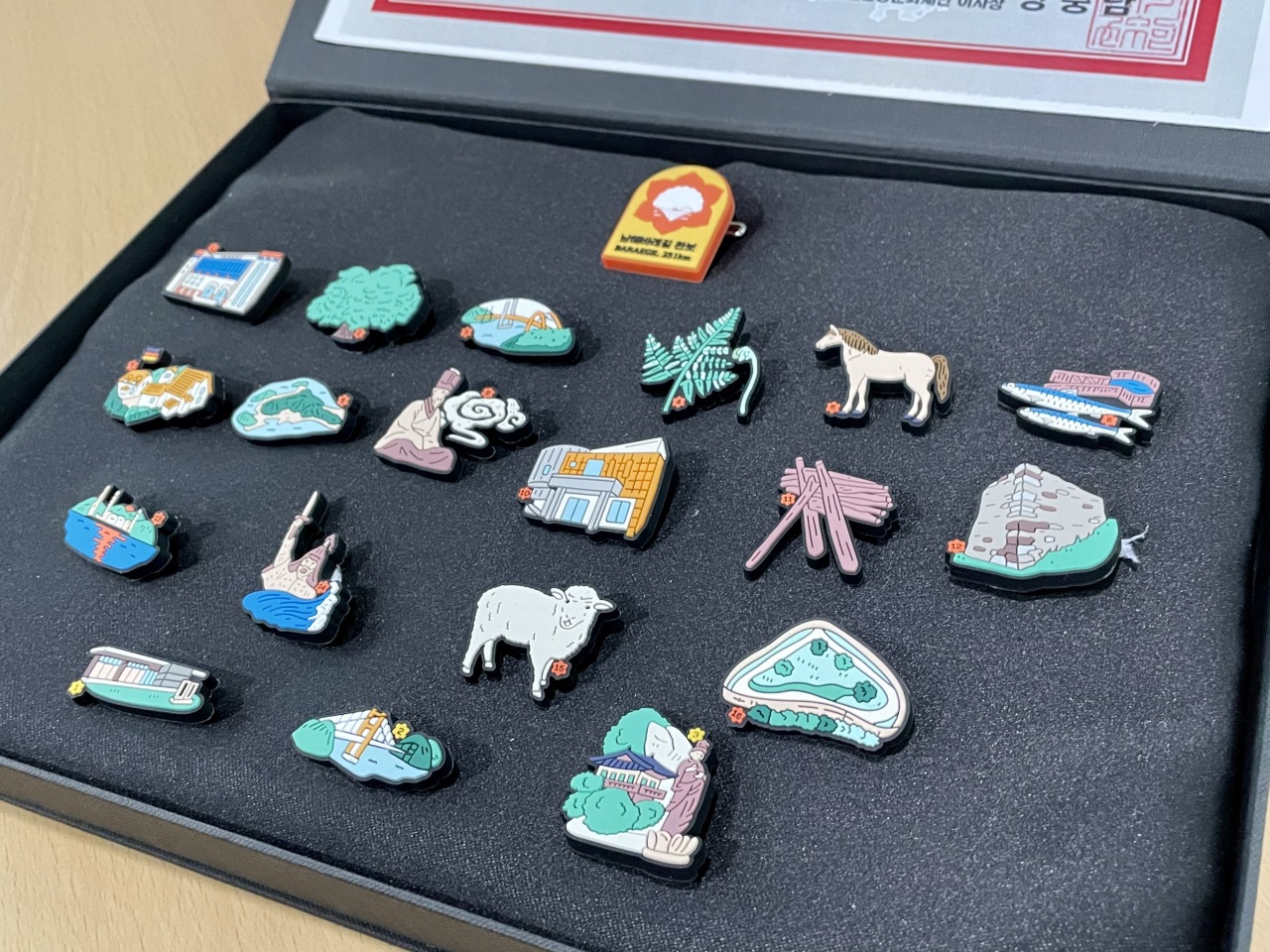
After exploring all the Baraegil tracks, trekkers can receive special badges only given to those who complete the course.
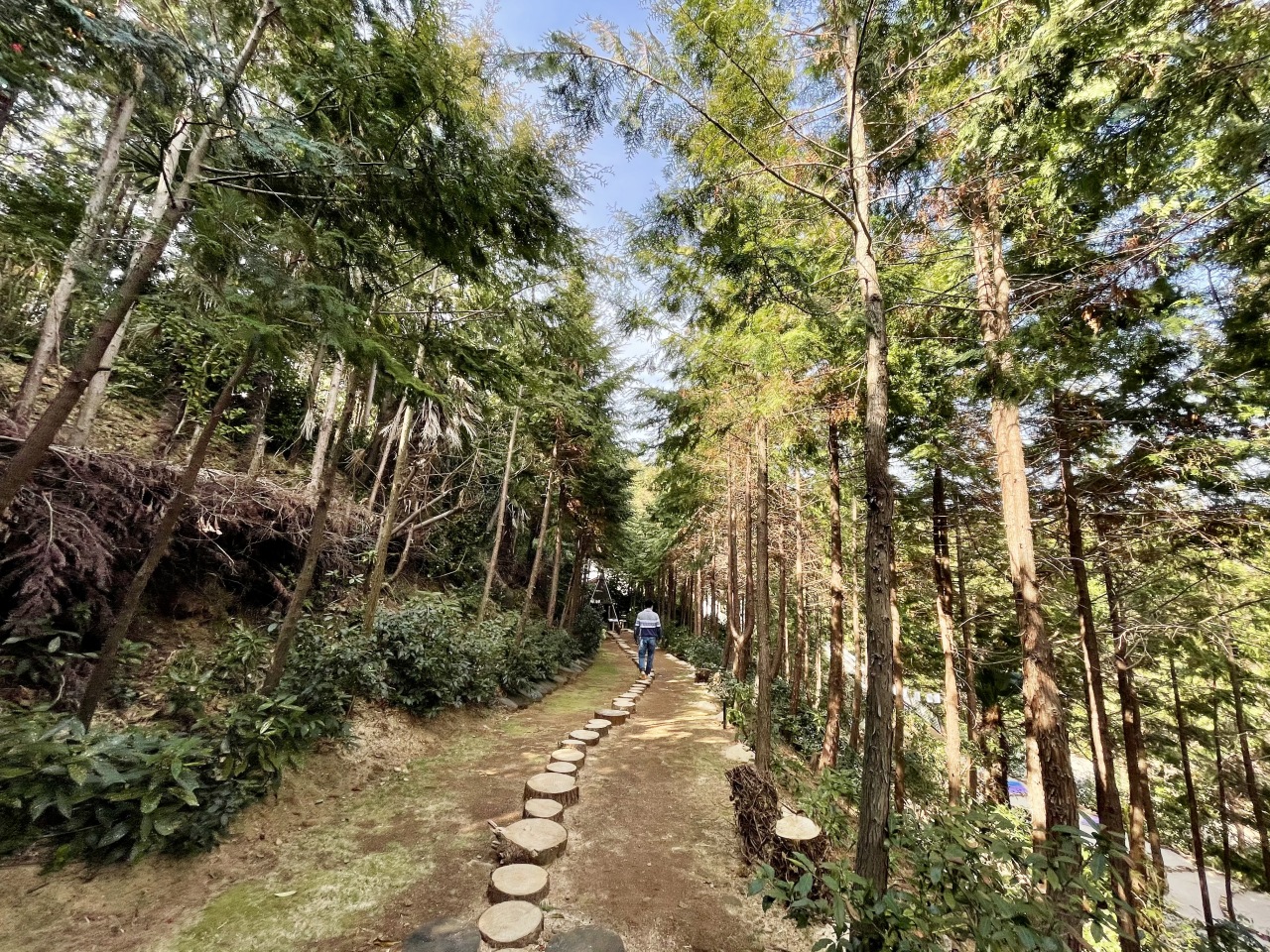
Barefoot trekking in Tongyeong
Napory Farm in Tongyeong is a forest of hinoki cypress trees. After arriving at the farm, visitors must take their shoes and socks off at the entrance.
Some 10,000 hinoki cypress trees at the forest welcome visitors. The trees are between ages 13 to 25. According to farm owner Kil Deok-han, trees between that age range are the healthiest as they give off more phytoncides -- airborne compounds shown to help relieve stress -- compared to older or younger trees.
Kil has been taking care of the forest situated on the lower mountain ridges of Mireuksan from 1997, which was originally a kiwi farm.
The trail is covered with hinoki cypress tree sawdust, allowing visitors to walk barefooted. The farm features 18 courses from the hammock zone, yoga zone and more. Visitors can take a rest and breathe in the fresh air while lying in a hammock or on a picnic blanket prepared at the farm.
After the trail, visitors can wash their feet in a phytoncide foot bathing session.
The admission fee costs 11,000 won per person.
Taste of South Gyeongsang Province
Though its culinary scene may not be as famous as that of South Jeolla Province, South Gyeongsang Province has its own unique food culture.
With its own KTX station, Jinju is a gateway city to South Gyeongsang Province. While in Jinju, Jinju naengmyeon is a must-try dish.
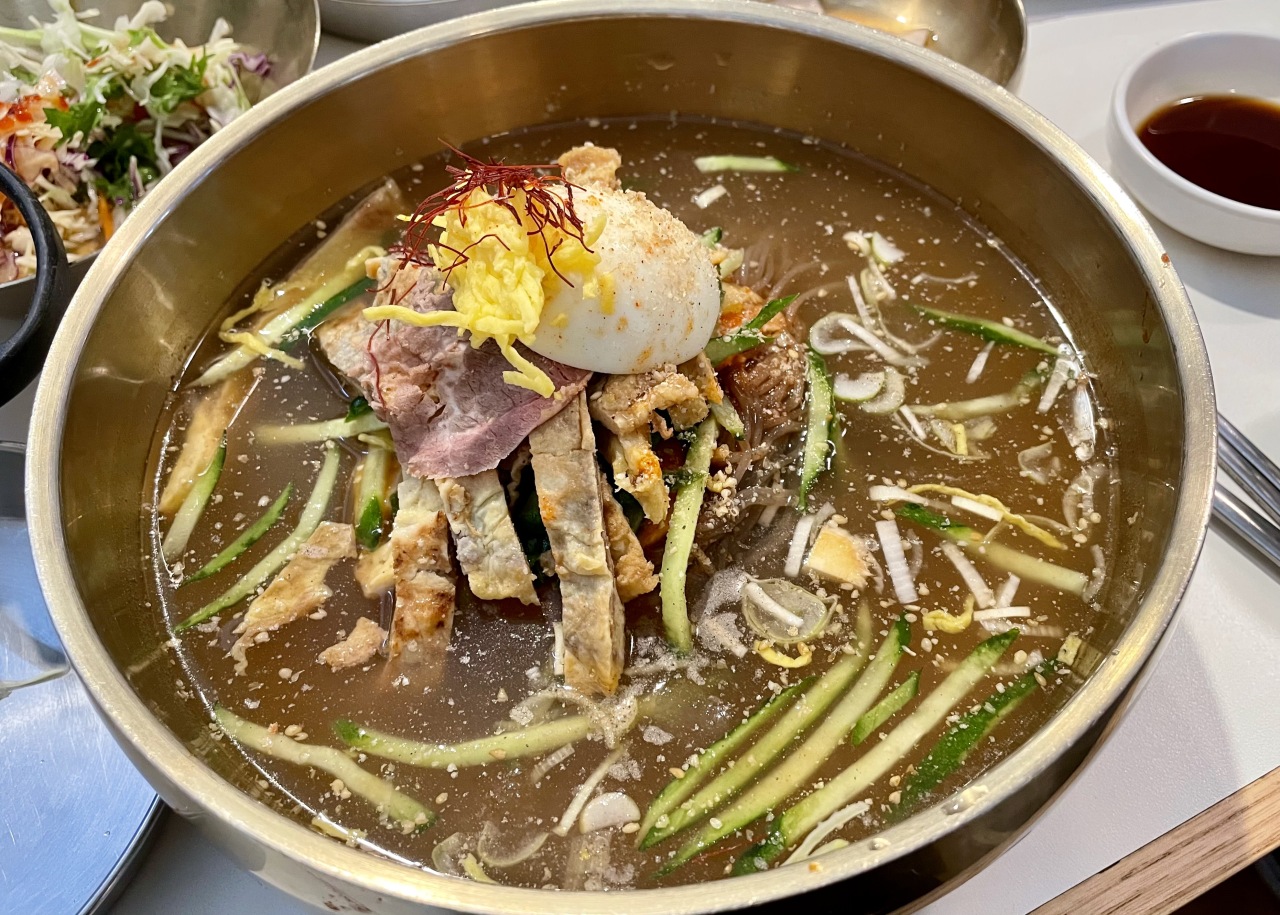
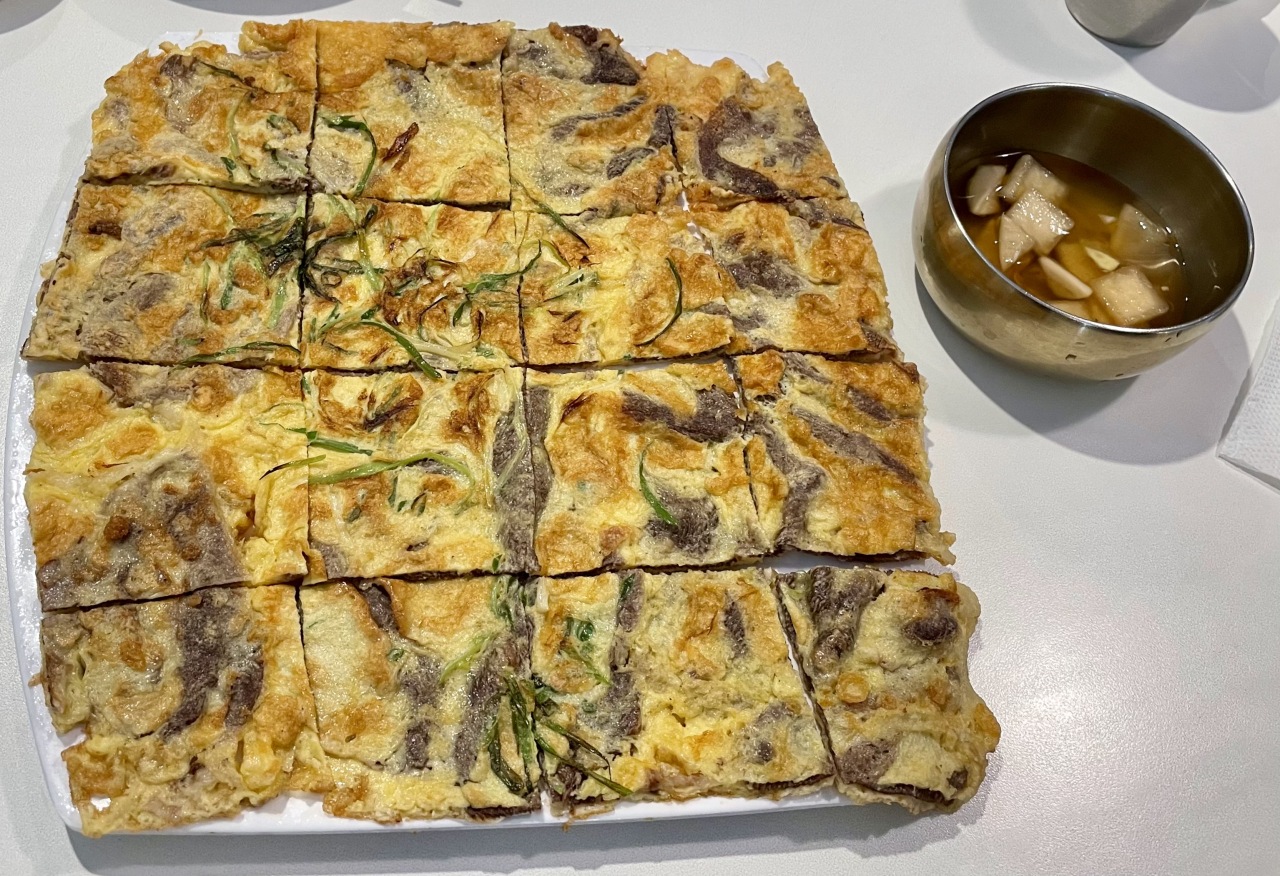
Jinju naengmyeon differs from the North Korean cold noodle dish. The tangy buckwheat noodles and the icy broth are similar, but in Jinju, naengmyeon is topped with yukjeon, pan-fried beef dipped in beaten eggs. The broth is also much stronger than the ones in enjoyed in the north, made with anchovies, shrimp and more seafood.
In Namhae, a region known for its unique anchovy fishing culture, myeolchi ssambap, anchovies paired with rice and leaf wraps, is a staple dish.
Namhae anchovies, called jukbang anchovies after the fishing technique using a tool called jukbang -- a “V” shaped bamboo trap. Namhae anchovies are larger than others, measuring between 10-15 centimeters each.
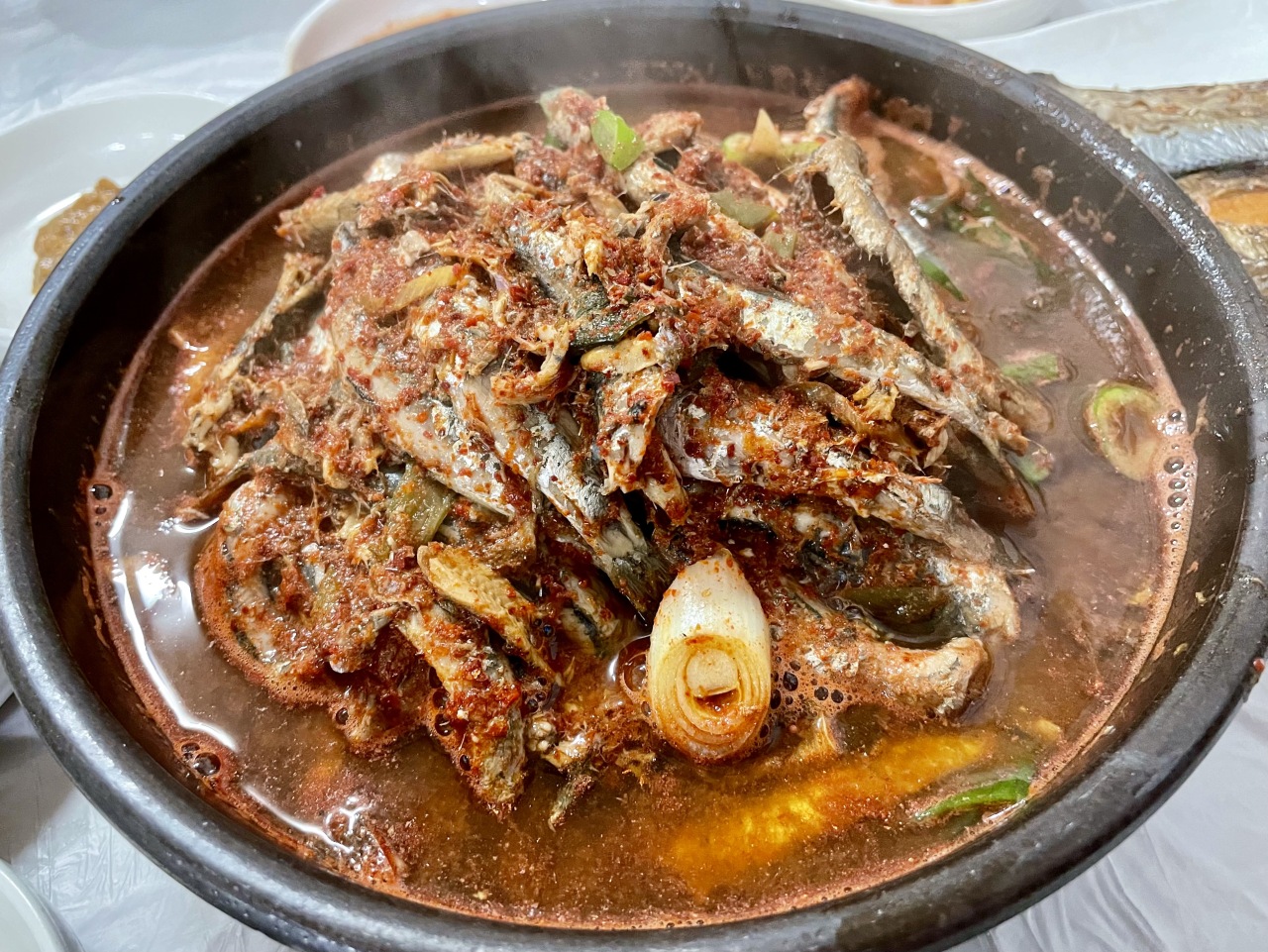
For myeolchi ssambap, fresh anchovies are cooked with dried radish greens in a broth. It, however, is not a dish for everyone as the fine fish bones may stick in the throat. For those who are uncomfortable with the feeling, myeolchihoemuchim, anchovy sashimi mixed with red pepper paste with vinegar, may be a better alternative.
By Im Eun-byel (silverstar@heraldcorp.com)







![[KH Explains] How should Korea adjust its trade defenses against Chinese EVs?](http://res.heraldm.com/phpwas/restmb_idxmake.php?idx=644&simg=/content/image/2024/04/15/20240415050562_0.jpg&u=20240415144419)












![[Today’s K-pop] Stray Kids to return soon: report](http://res.heraldm.com/phpwas/restmb_idxmake.php?idx=642&simg=/content/image/2024/04/16/20240416050713_0.jpg&u=)